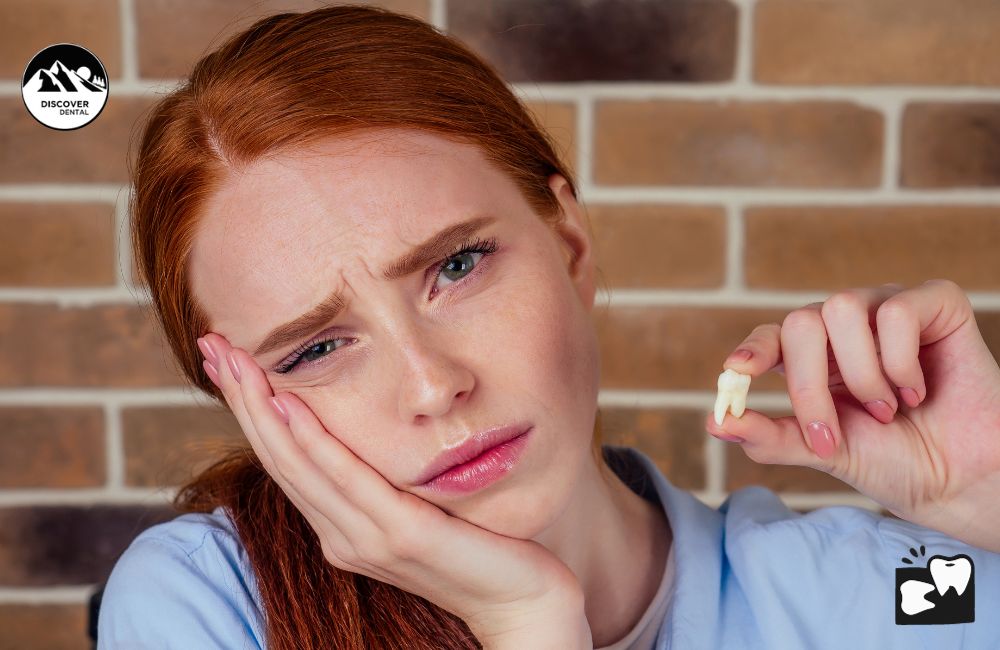Post-Wisdom Tooth Extraction: Vital Dos & Don’ts

Congratulations on navigating through wisdom tooth extraction! Now, it’s time to ensure a smooth recovery. Knowing the right Dos and don’ts after wisdom tooth removal plays a pivotal role in your healing journey. In this comprehensive guide, we unveil essential tips backed by expert advice. From managing pain effectively to dietary adjustments, discover how to safeguard against complications and expedite your recovery. Let’s delve into the crucial strategies for a hassle-free recuperation process.
Immediate Post-Extraction Care
After wisdom tooth removal, the initial hours are crucial for proper healing. Adhering to these immediate care measures can significantly ease discomfort and expedite recovery.
A. Managing Bleeding and Swelling
It’s common to experience bleeding initially. To control bleeding, gently bite down on the gauze placed over the extraction site. Replace the gauze as needed until the bleeding subsides. Swelling can be relieved by using an ice pack wrapped in a cloth for 15-minute intervals, reducing inflammation and discomfort.
B. Proper Use of Gauze and Ice Packs
Change gauze regularly (as instructed) to aid in clot formation and minimize bleeding. When using ice packs, avoid direct contact with the skin to prevent potential frostbite. These practices assist in reducing pain and swelling effectively.
C. Pain Management Techniques
Following the dentist’s prescribed pain relief medication regimen is vital. Also, over-the-counter pain relievers like ibuprofen or acetaminophen can alleviate discomfort. Rinsing with warm salt water at least 2-3 times a day also aids in soothing the affected area.
Dietary Guidelines
A proper diet post-wisdom tooth removal is crucial for a comfortable recovery. Consider the following guidelines for a smoother healing process.
A. Soft Food Recommendations
Opt for soft, easy-to-chew foods to avoid discomfort or disturbing the extraction site. Incorporate foods like yogurt, mashed potatoes, smoothies, soups, cooked cereals, and applesauce into your diet. These options provide essential nutrients without requiring extensive chewing.
B. Beverages to Consume and Avoid
Stick to lukewarm or cold beverages, avoiding hot drinks that could irritate the surgical area. Opt for water, herbal teas (at room temperature), or cold fruit juices. Avoid using straws, as the sucking motion might dislodge the blood clot, leading to complications.
C. Importance of Hydration
Staying hydrated is paramount for a swift recovery. Aim to drink ample water throughout the day to prevent dehydration, promote healing, and maintain overall health. Proper hydration also aids in flushing out toxins from the body, expediting the healing process.
Oral Hygiene Practices
Proper oral care post-wisdom tooth extraction is crucial to control complications and aid in the healing process. Follow these guidelines for optimal oral hygiene.
A. Gentle Brushing and Rinsing
Brush your teeth gently, avoiding the extraction area for the first 24 hours. Afterward, gently clean the surrounding teeth, tongue, and palate of your mouth with a soft-bristled toothbrush. Rinse your mouth with warm saltwater multiple times a day to keep the area clean and reduce bacteria.
B. Avoiding Certain Activities That May Disrupt Healing
Refrain from vigorous rinsing, spitting forcefully, or using mouthwash containing alcohol in the initial days post-extraction. Limit touching the extraction site with your fingers or tongue to prevent irritation or infection. Additionally, abstain from smoking, as it can hinder the healing process and increase the risk of complications.
Activities and Lifestyle Adjustments
Adjusting your activities and lifestyle post-wisdom tooth extraction is essential for a successful recovery. Follow these recommendations for a smoother healing process.
A. Rest and Recovery Period Advice
Permit yourself ample time to rest and recover following the procedure. Take it easy for the first few days, avoiding strenuous activities that could increase bleeding or swelling. Elevate your head while resting to reduce swelling.
B. Exercise Limitations
While light physical activity like walking is encouraged, avoid intense workouts or heavy lifting for at least a few days post-surgery. Physical strain can increase blood pressure and disrupt the healing process. Gradually ease back into your exercise routine once cleared by your dentist or oral surgeon.
C. Avoiding Smoking and Alcohol
Avoid smoking or consuming alcohol during the initial phase of recovery. Smoking can slow healing and raise the risk of infection, while alcohol can interfere with prescribed medications and exacerbate bleeding or swelling.
Navigating the dos and don’ts after wisdom tooth removal is pivotal for a smooth recovery journey. Remember, meticulous care during the initial phase, including managing bleeding, soft dietary choices, and gentle oral hygiene, sets the foundation. Embrace gradual returns to regular activities and diet while prioritizing follow-up appointments. By heeding these guidelines, you pave the path for a comfortable recovery, leaving behind discomfort and welcoming a healthier, brighter smile ahead.


